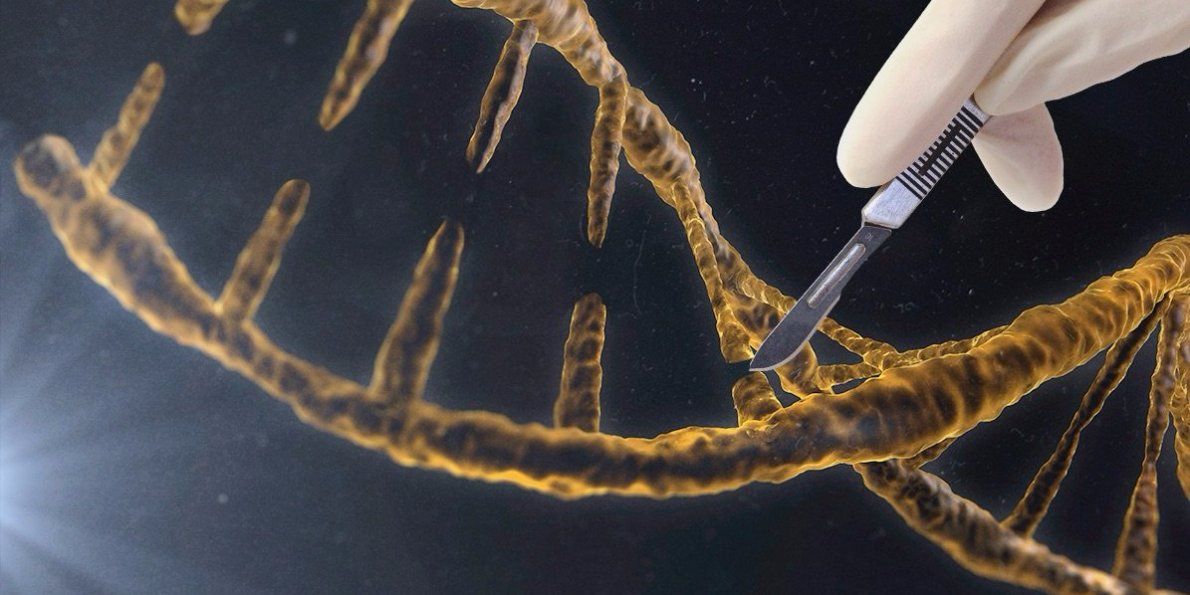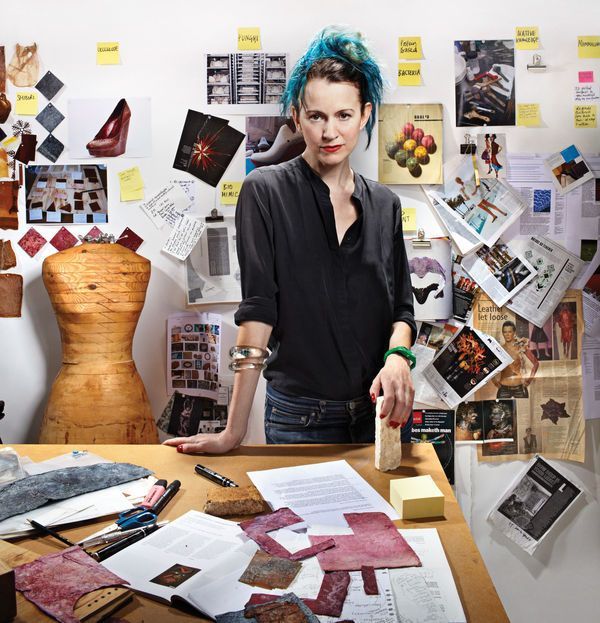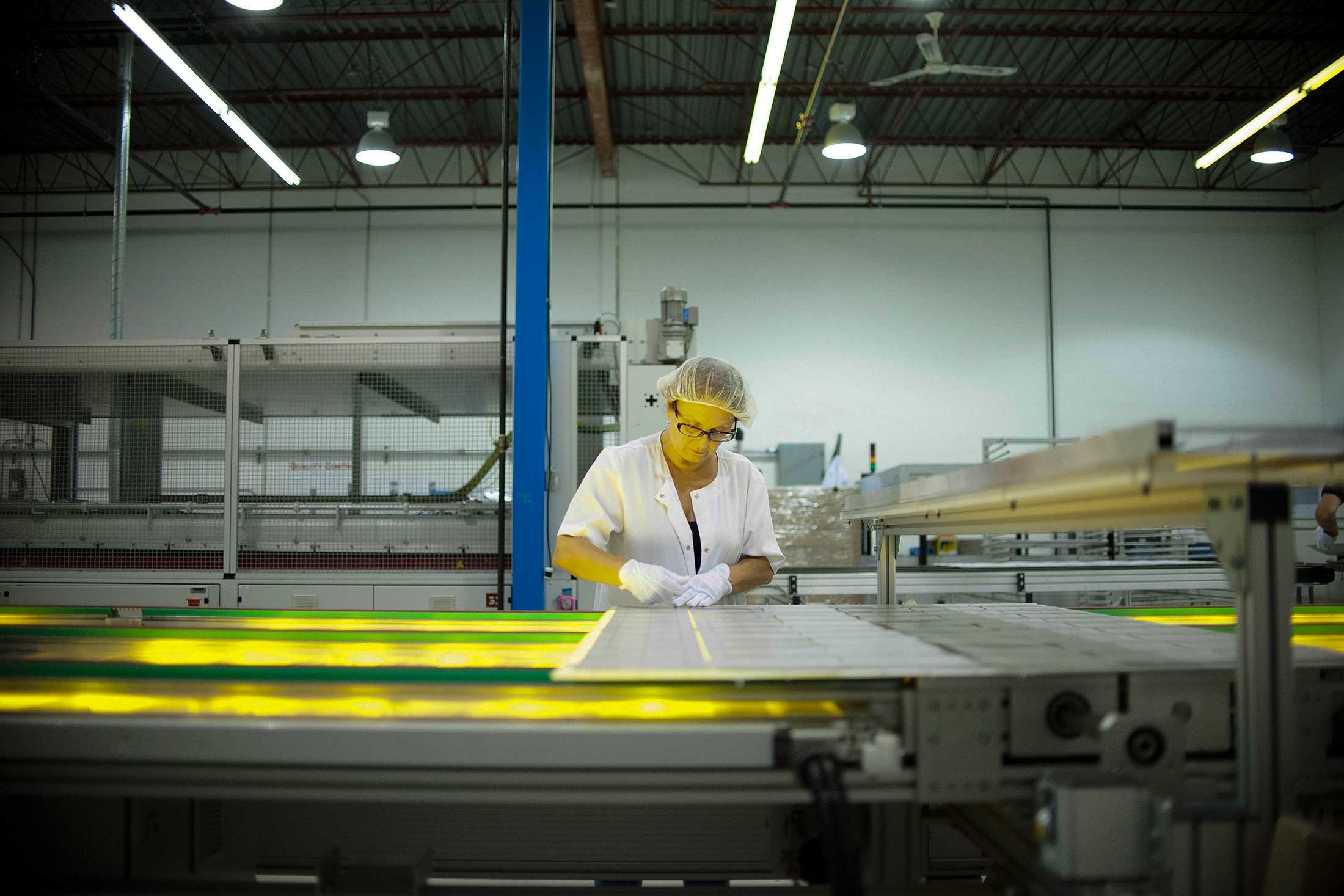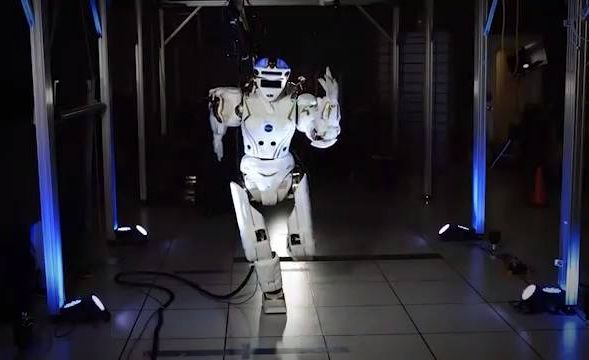Two councils, Fife and Glasgow, are investigating idea of offering everyone a fixed income regardless of earnings.
For a few lucky patients, 2016 was the year when gene therapy turned from promises to cures. The technology, long contemplated as a way to erase disease by revising people’s DNA, made big advances and began turning into a real business offering some of the world’s most expensive and revolutionary medicines.
So what is gene therapy, anyway? The US Food and Drug Administration says it’s any treatment in which a replacement gene is added to a person’s body or a disease-causing one is inactivated. That’s usually done by adding new instructions to cells via billions of viruses stuffed with correct DNA strands.
It sounds complicated, and it is. Gene therapy was first tested in a person in 1990, but scary side effects turned the gene-fix idea into a scientific backwater. And the field hasn’t conquered all its problems. We started the year with the tale of Glybera, heralded as the first gene treatment ever approved that sought to correct an inherited gene error. Yet the drug came with an eye-popping price tag of $1 million and, dogged by questions over how well it works, has turned into a medical and commercial flop.
Researchers have discovered a technique that could block the effects of a powerful gene-editing tool to protect adjacent genes against accidental alteration. The breakthrough could be the beginning of a major step forward for genetic engineering.
Scientists at the University of California (UC) in San Francisco researchers have discovered how to switch off the effects of the CRISPR gene editing system. CRISPR has been a major advance for gene editing, but there are difficulties in limiting its effects on adjacent genes. So far this has militated against its use in research, most obviously, into the human genome.
Favourite Interviews of 2016
Posted in transhumanism
I’m excited to have my #transhumanism interview included in Marc Fennell’s favorite 2016 interviews, with lots of other people like Matt Damon, Quentin Tarantino, Jodie Foster, Steve Wozniak, the South Park creators, etc. Marc Fennell is one of Australia’s favorite tv journalists:
These interviews are the most fun thing I do. I love getting lost in someone’s work, I love editing them and I love getting to show them to you. Here is my 2015 list.
NASA R5: Valkyrie
Posted in biotech/medical, cyborgs, robotics/AI
There are robotic arms for amputees, robotic legs for the paralyzed. Duchenne is a disease that could be changed fundamentally by this technology.
https://www.facebook.com/groups/DuchenneExoskeleton/
A nice roadmap of Ai Cham http://www.forbes.com/sites/gilpress/2016/12/30/a-very-short…1264d4188d
Key milestones in the evolution of artificial intelligence, machine learning, and robotics.









